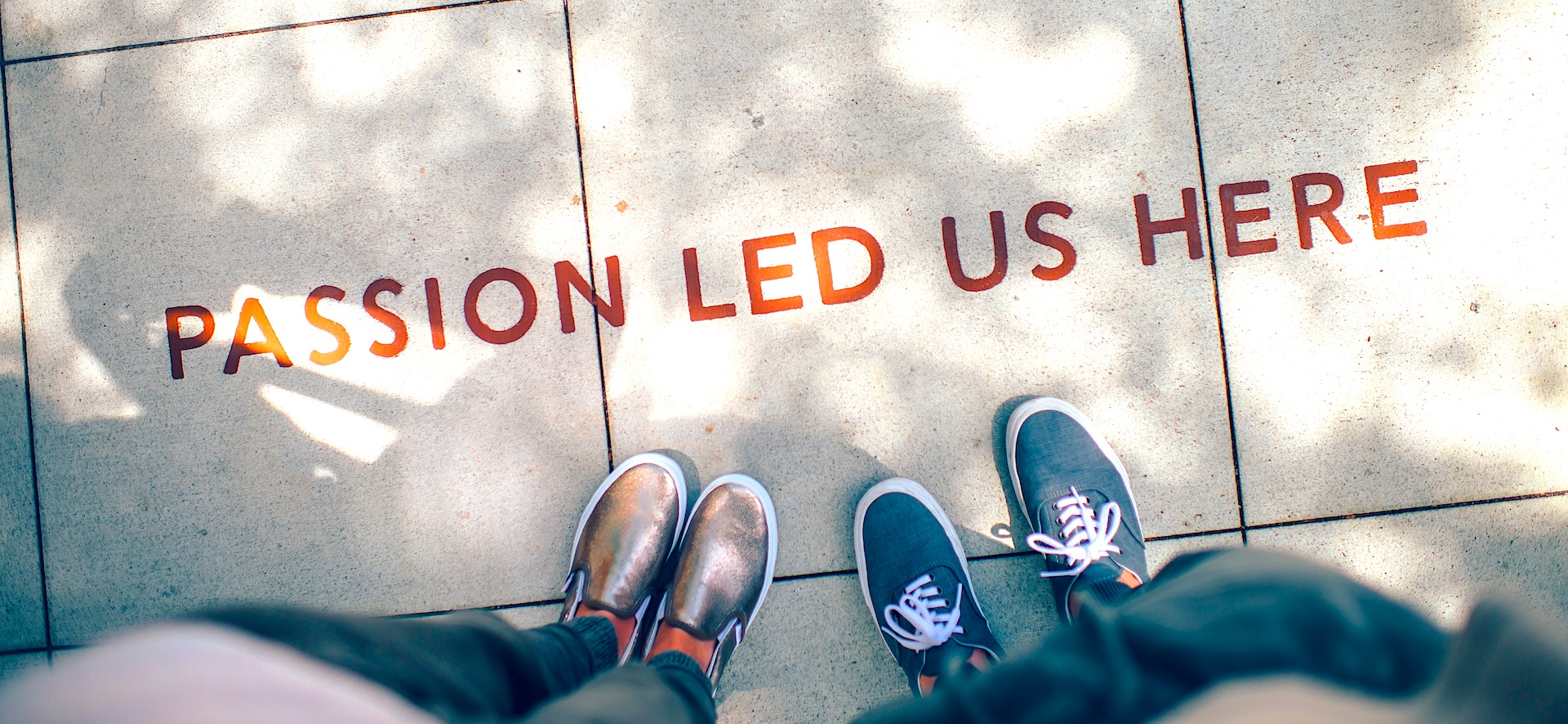WHY DID WE DEVELOP GRIP?
We believe in employees managing their own lives and jobs, and getting most out of both. In science, particulalry positive psychology, much is known about thriving and optimal human functioning, also at work. So, the connection seems obvious: GRIP as a self-management tool to thrive at work.Knowledge about what employees themselves can do to feel more engaged and psychologically fit at work. That way, they may better contribute to the organization's goals. And also knowledge about how organizations may optimize the conditions that make their employees flourish. We would like to bring this kind of knowledge to employees and organizations in an accessible and effective way. In a way that really works! That is why we developped GRIP.
POSITIVE PSYCHOLOGY
 We assume that work not only involves effort, strain and sacrefice, but also goes along with many positive outcomes. This focus on the positive side of work is relatively new in psychology. Traditionally, negative aspects of work recieved most attention. However, since the turn of the century more and more research has been done on the positive side of work, such as employee engagement and how to stimulate that. This positive approach differs fundamentally from the traditional focus on preventing the negative impact of work, such as job stress and burnout.
We assume that work not only involves effort, strain and sacrefice, but also goes along with many positive outcomes. This focus on the positive side of work is relatively new in psychology. Traditionally, negative aspects of work recieved most attention. However, since the turn of the century more and more research has been done on the positive side of work, such as employee engagement and how to stimulate that. This positive approach differs fundamentally from the traditional focus on preventing the negative impact of work, such as job stress and burnout.Research shows that stimulating the positive aspects of work, such as work engagement, also has a positive side-effect, namely that it protects against the negative effects of work, such as stress. So it seems that both perspectives are intertwined.
GRIP uses interventions from traditional psychology to reduce stress. On the other hand, GRIP also uses interventions from positive psychology to increase work engegement and to prevent job stress. In other words, these positive interventions have a dual effect; stimulating engagement and protecting against stress. This is why GRIP interventions are build on the scientific basis of positive psychology.




















